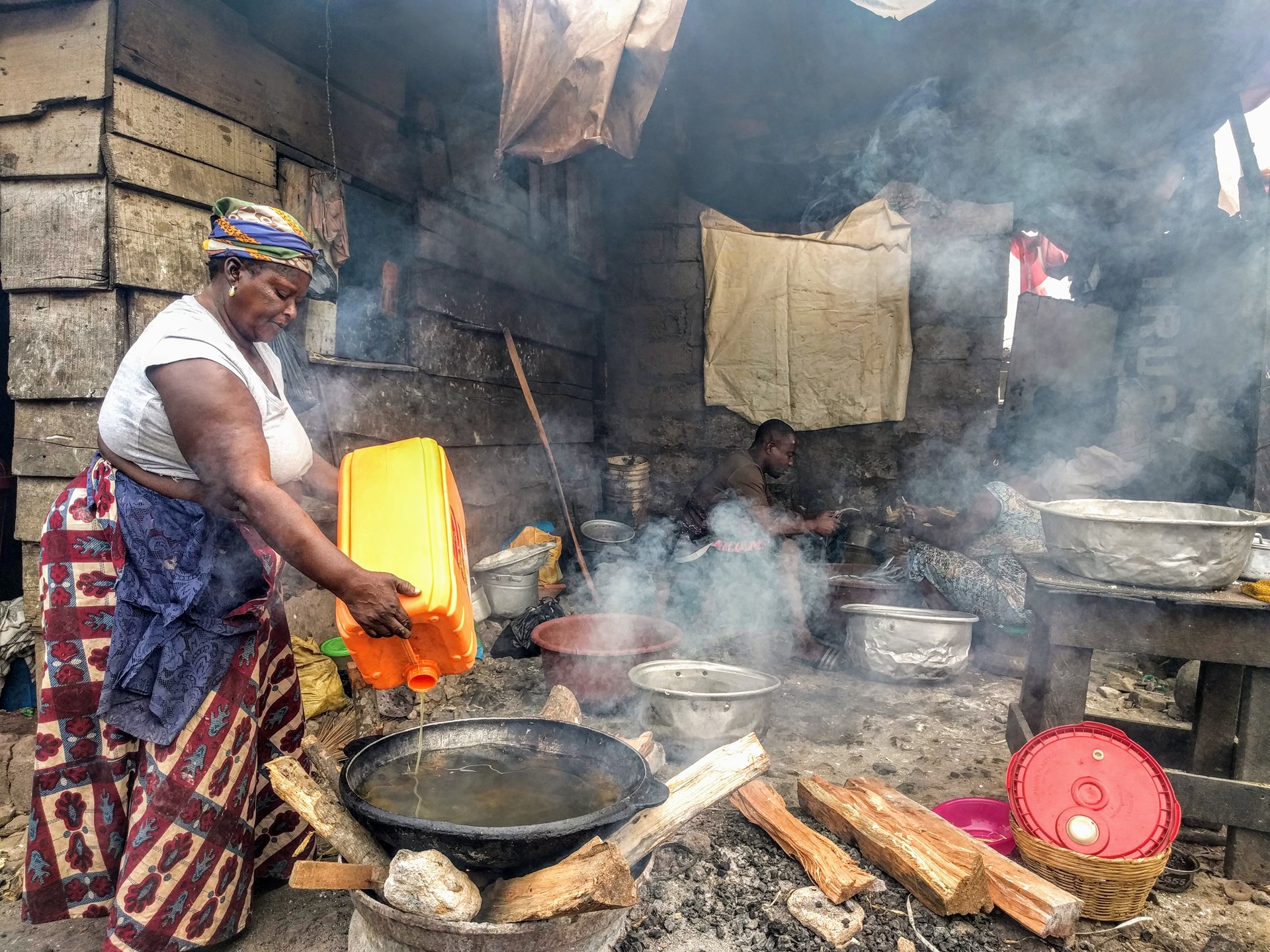Household Multiple Emission Sources (HOMES) model
The Household Multiple Emissions Sources (HOMES) model predicts indoor concentrations and personal exposures of air pollutants associated with combusting fuels for cooking, lighting, heating and other household energy needs. This is one of the resources in WHO’s Clean Household Energy Solutions Toolkit (CHEST).
The HOMES model allows users to enter locally-specific information on emission rates of combustion devices (e.g., cookstoves, space heaters or lights), time spent using the devices, a room’s ventilation rate and volume, the fraction of emissions from the devices that enter the room (which can be important for chimney stoves), and outdoor air pollution levels. Users can input data on up to three different technologies (including traditional, improved or clean fuel stoves). The model estimates kitchen concentrations and personal exposures to fine particulate matter (PM2.5) that would result from using the combustion devices under the conditions specified. The HOMES model also estimates the relative risk of acute lower respiratory infection (ALRI) using integrated exposure-response functions to estimate the risk associated with the estimated level of personal exposure to PM2.5.
The model allows users to evaluate the potential implications of various intervention scenarios for a given population or context. For example, users can explore what air quality level and exposure would result from a given combination of technical performance and usage, which can be helpful for program planning. The results can inform which technologies to promote through clean energy interventions and the degree to which traditional technologies need to be displaced. The model is only intended to illustrate potential air quality and exposure scenarios; it does not replace field assessments.
To facilitate the use of the HOMES model, WHO has developed a set of protocols describing how the input data should be collected in field settings. In addition, WHO has created a database of input variables, compiled from research studies in various countries. These values can be used to run the model if users are unable to collect field data.

HOMES Model Resources
Example of how HOMES was used in Ghana
At a workshop led by the WHO Urban Health Initiative in Accra, Ghana in 2018, local policy-makers used the HOMES model to compare the potential impacts of different urban policies on air quality and health and to determine whether current efforts in the country to promote clean fuel use (i.e. the Rural LPG Program) would be likely to achieve policy goals over the next 10 years. Using previously collected national data on household energy use, technology emissions, and kitchen characteristics, policy-makers modelled the exposure and health outcomes that could result from the implementation of a range of policies seeking to modify fuel and technology choices and time spent using different energy sources.
The HOMES model enabled the stakeholders to understand how the use of multiple devices, i.e. charcoal and LPG stoves, which is common across the country, would affect the impacts of different policy options. Results suggested that only the more aggressive policy choices promoting clean fuels (as opposed to Tier 4 charcoal stoves) could sustain health improvements alongside projected population growth. This information is being used to inform the development of a strategic master plan for addressing air pollution in the country.

Training video on the Household Multiple Emission Sources (HOMES) Model
Other related tools and resources
Training Videos for the Clean Household Energy Solutions Toolkit
Related publication
Tool Feedback
Related health topics
Related teams












